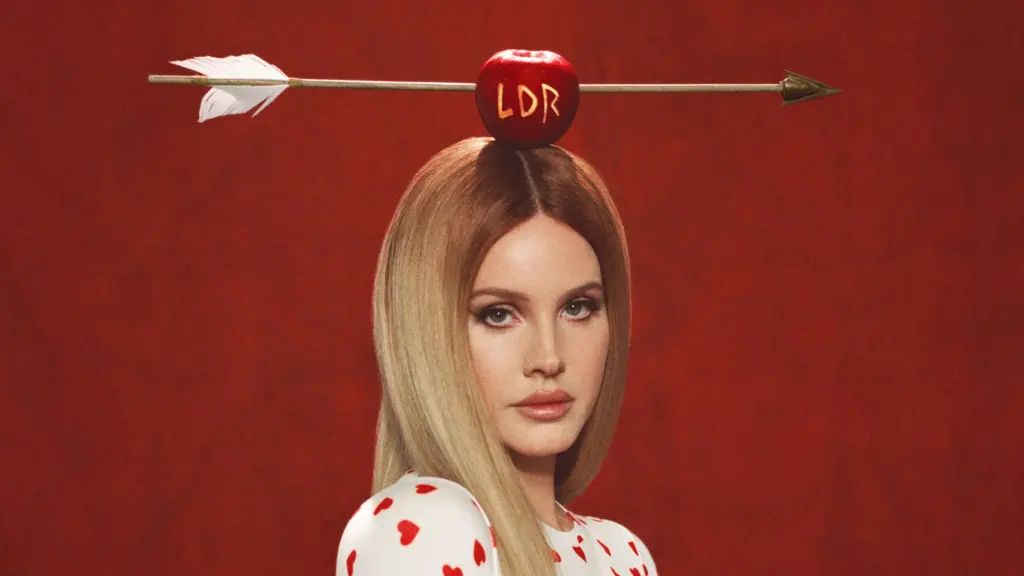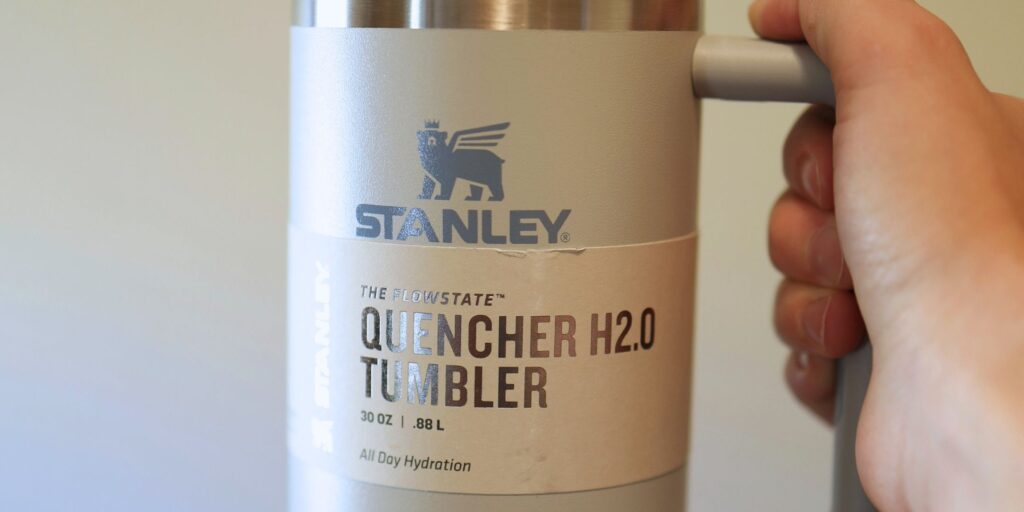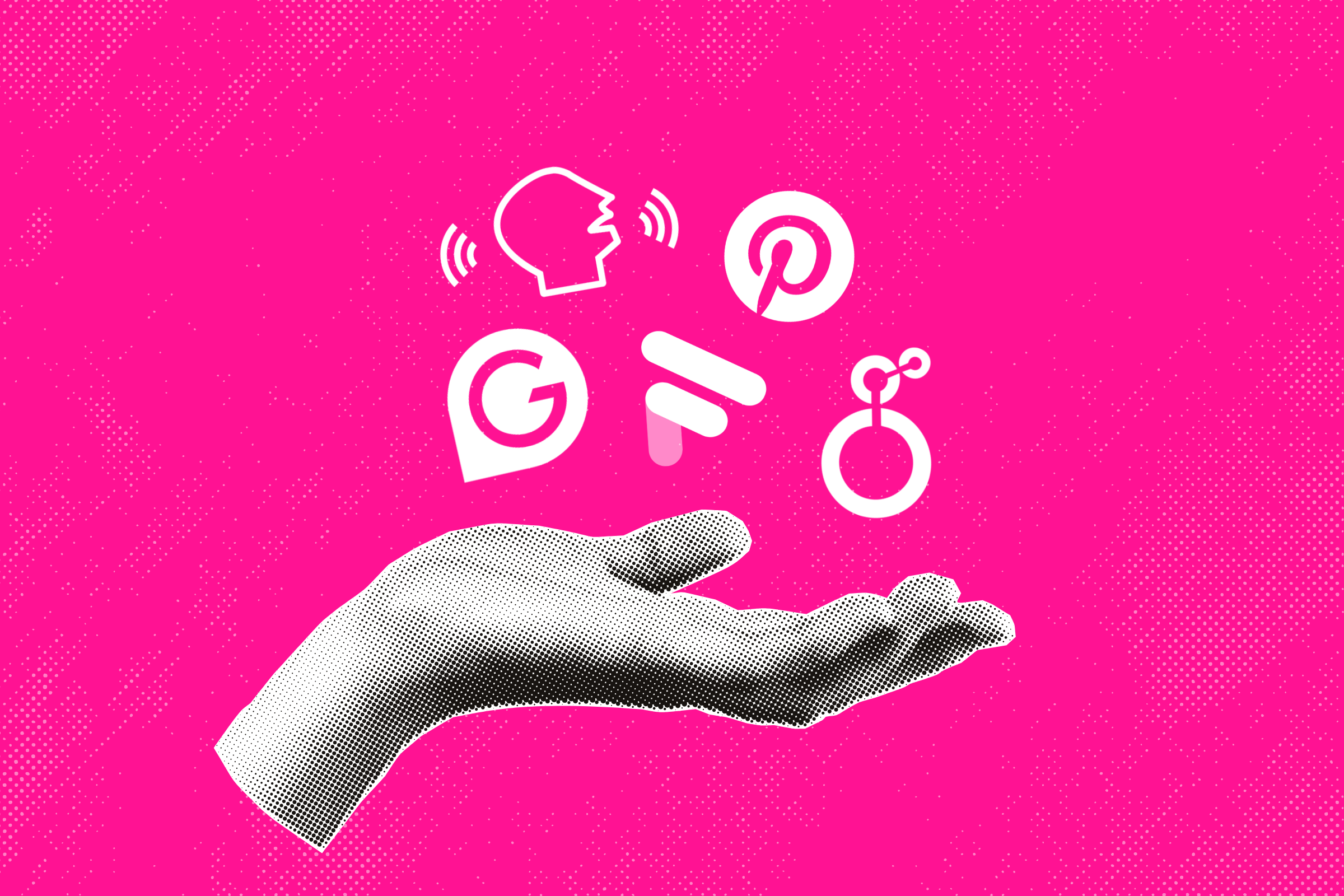Stanley Cups are not new, but it feels that way with the near-constant influencer exposure. Outside of its retailers, eager customers gather in long, trampling lines and fight for the latest color of the same reusable cup. However, Stanley, the company behind the infamous Quencher H2.0, celebrated its 100th anniversary in 2023.
The newest iteration of the Stanley, the one we see every time we open TikTok, isn’t new, either. Since its release in 2016, the cup is now as old as a 3rd grader but still garners the attention and affection of a newborn. What happened?
An accidental brand shift, or redirect, is responsible for Stanley’s newfound fame. In 2012, now almost 15 years ago (!?!?!), “Stanley mentioned that its products resonated with ‘a 30-year-career veteran policeman’ and a ‘retired Army soldier.’”
The Stanley company was escalated to new heights thanks to the help of 3 women, Linley Hutchinson, Ashlee LeSuer, and Taylor Cannon. They posted about their new Stanley Cup, unknowingly to the company, in 2017 on “The Buy Guide,” their online shopping blog.
“Any brand that isn’t marketing to the 25 to 50-year-old woman is really missing the mark.”
Ashlee LeSuer, founder of The Buy Guide
Unfortunately, this quote also reveals something predatory. The societal expectation for women to follow every microtrend to stay “cool, cute, and fun” leads people to believe they must spend money to feel good about themselves. This corporate vulture culture feeds off social media users’ insecurities without them even realizing what’s happening. The Stanley Cups skyrocketed in popularity from The Buy Guide and other influencers’ brand promotions; it’s easy to be simply influenced while scrolling through your for you page. Even subtle brand placements can subconsciously make us want to purchase something we weren’t even considering.
Many companies use popular artists and celebrities to sell their products, too. In the season of Valentine’s Day, the celebrity-backed shapewear company Skims recently debuted a beautiful Lana Del Rey x Skims campaign. Through the allure of beautiful creative direction, celebrities, influencers (PR packages), photography, and holidays convince people they need something when they really don’t.

“Capitalist consumer culture has turned holidays from opportunities to celebrate your loved ones into opportunities to buy new stuff.”
@the.commons.earth on Instagram
Stanley Cups and Overconsumption
Where do we draw the line between collections and overconsumption? When consumers are lined up outside Target waiting for the next Stanley Cup, can we assume they’re collectors following a hobby? Surely, collecting reusable water bottles can’t be that harmful, right?
Unfortunately, the effects of overconsumption beg to differ. According to netimpact.org’s research, the United States creates the most waste in landfills, ultimately harming the planet, as a result of the constant societal and online pressure to buy-buy-buy.
“Overproduction and overconsumption add to the already-high levels of pollution and toxic gases that contribute to global warming. As has been reported in numerous publications in the past decade, the impacts of climate change transcend international borders, as well as levels of privilege and wealth.”
Who’s Doing “No-Buy 2024” with me?
Fortunately, there’s already an abundant community of “de-influencers” across every social media platform. These creators are extremely important and helpful for audiences who weren’t taught financial literacy and struggled to limit their spending, but they’re also normalizing these situations. $40k in credit card debt? That’s okay! It’s the small steps that will eventually lead to positive results. This community has really put United States consumer tendencies at the forefront, and they serve as a reminder that you do not need new items all the time– using what you have can be good, too!
Check out these notable de-influencers/ financial gurus on TikTok:
Known as the “credit card girl,” Brittney turned to TikTok to document her journey through paying off almost $40k in debt. Through normalizing debt and finding ways to pay it off, Brittany has been an incredible resource and guide for those wanting to do the same.
Madeline explains challenging financial situations, such as financing a car or buying a home, and makes it digestible. Her bubbly personality makes it easy to understand and leaves a lasting impression. Even as a Southern California resident, iconically known as one of the most expensive places in the country to live, Madeline shares tips and tricks for saving money and living within your means. She recently released a new book, too!
DepressionDotGov doesn’t live up to her name. Diana’s content is not only funny but real. Her videos, usually stitched with uber-consumers’ content, also very bluntly tell us, “No, you don’t need that, that’s garbage.”
Progress is Progress!
There’s still plenty of time to join in on the No-Buy 2024 journey! Setting strict guidelines can make it difficult to stick to, so it’s important to keep special treats part of your budget. Regardless of progress, this is a great opportunity for all of us to reflect on their spending habits and take a pause before picking items up off the shelf.





